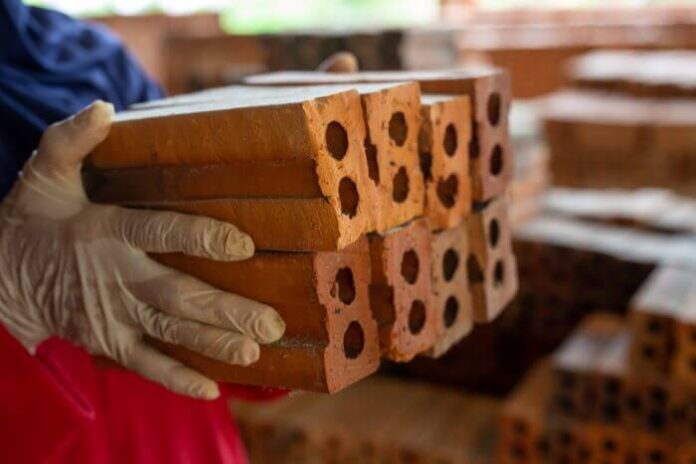Exhibitions are vital events for businesses to network and build brand presence. At the heart of these events lies the exhibition stand. The construction of an exhibition stand is a critical aspect of attracting visitors and making a lasting impression. Behind the impressive facades and engaging displays is the craftsmanship of choosing the right materials.
So, in this post, we will be showing you the five most common materials that play a pivotal role in constructing remarkable exhibition stands.
If you are thinking of building an exhibition stand soon, then understanding these materials will go a long way in helping you construct an outstanding showcase that captivates and inspires. Just keep reading!
5 Common Materials Used for the Construction of an Exhibition Stand
#1: Wood
Wood is a timeless and versatile material commonly used in exhibition stand construction. Its natural appeal and ability to be easily crafted make it a popular choice. Exhibitors often opt for wood due to its sturdiness and ease of customization – it simply can be customized to suit any brand’s image and message. From rustic to modern designs, wood provides a warm and inviting atmosphere that draws visitors in.
#2: Aluminum
In recent years, aluminum has gained popularity as a leading material for exhibition and trade show booth construction. This material offers excellent structural support while being easy to transport and assemble. Its sleek appearance and resistance to corrosion make it a reliable option for creating modern and elegant exhibition stands.
#3: Fabric
If you are looking for eye-catching designs, fabric offers endless creative possibilities. They play a vital role in adding texture and visual interest to exhibition stands. Fabric allows for creative draping, backdrops, and unique shapes, providing a soft and inviting ambiance.
It is lightweight and easily portable, making it a popular choice for creating visually stunning displays without compromising on practicality.
#4: Acrylic and glass
For a touch of sophistication and transparency, acrylic and glass are go-to materials. These materials offer a sleek, modern look and enhance product visibility within the stand. Acrylic is lightweight and shatter-resistant, while glass exudes elegance. Both materials are ideal for showcasing products or creating a contemporary feel.
#5: Steel
When durability and strength are top priorities, steel comes to the forefront. Its robust nature allows for the construction of large and complex exhibition stands. Though heavier than some other materials, steel ensures stability and longevity, making it suitable for heavy equipment displays or elaborate setups.
Other Materials Used For the Construction of an Exhibition Stand
In addition to the materials mentioned above, let’s also talk about some other materials that are common when it comes to constructing exhibition stands.
#6: Plastic
Plastic materials offer a cost-effective alternative to acrylic and glass. They are lightweight, easy to mold and can be customized with different colors and textures.
#7: Foam board
Foam board, also known as form core, is an ideal material for creating temporary or disposable exhibition stands. It consists of a layer of foam sandwiched between two sheets of plastic.
#8: Fabric mesh
Fabric mesh is a lightweight material that offers a semi-transparent appearance. It is versatile and can be used in combination with other materials to add visual interest to the exhibition stand.
#9: Plywood
Plywood is a strong and durable wood material made from thin layers of wood. It is often used for building sturdy booths and can be stained to achieve various designs.
#10: Acoustic panels
Acoustic panels are designed to absorb sound. These make them an excellent choice for exhibitors seeking to create a quiet and more focused environment within their booth.
Final Note
The choice of materials for constructing an exhibition stand greatly impacts its appearance and functionality. When selecting materials for such a stand, exhibitors should consider factors such as budget, design requirements, transportation logistics, and the ambiance they desire to create.
However, considering the common materials we have highlighted above can be a great place to start. Just choose one that best meets your needs and you will be good to go!







